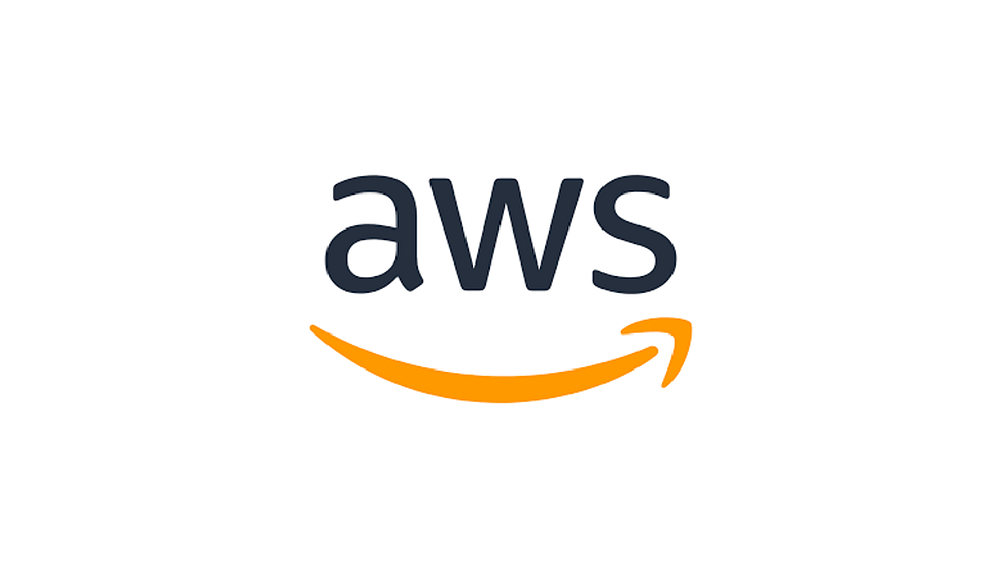Cloud computing has revolutionized the way content is delivered across the globe. Among the many services offered by Amazon Web Services (AWS), CloudFront stands out as a powerful Content Delivery Network (CDN) that ensures fast and secure delivery of your data, videos, applications, and APIs to your users. In this beginner-friendly guide, we’ll explore the fundamentals of AWS CloudFront, understand the basics of CDN, and walk through a hands-on lab to solidify your understanding.
What is AWS CloudFront?
AWS CloudFront is a globally distributed CDN service that helps deliver content with low latency and high transfer speeds. It works seamlessly with other AWS services and provides comprehensive security features, making it a preferred choice for businesses of all sizes.

Key Features of AWS CloudFront:
- Global Edge Locations: Ensures your content is delivered from the nearest edge location to the user.
- Security: Integration with AWS Shield and Web Application Firewall (WAF) for enhanced protection.
- Cost Efficiency: Offers pay-as-you-go pricing with multiple caching options to optimize costs.
- Flexibility: Supports dynamic and static content delivery, including live streaming.
What is a CDN?
A Content Delivery Network (CDN) is a distributed network of servers that delivers web content to users based on their geographic location. The primary purpose of a CDN is to:
- Reduce latency by serving content from servers closer to the user.
- Improve website performance and user experience.
- Provide additional security against DDoS attacks.
AWS CloudFront Architecture
When a user requests content:
- The request is routed to the nearest edge location via DNS resolution.
- CloudFront checks its cache for the requested content. If unavailable, it fetches the content from the origin server (e.g., S3 bucket, EC2 instance, or on-premises server).
- The content is then cached at the edge location for future requests, reducing load on the origin server.
Hands-On Lab: Setting Up AWS CloudFront
Let’s dive into a practical lab to set up AWS CloudFront and deliver content through a CDN.
Prerequisites:
- An active AWS account.
- An S3 bucket with some sample content (e.g., an HTML file or image).
Step 1: Create an S3 Bucket
- Log in to the AWS Management Console.
- Navigate to S3 and create a new bucket (e.g.,
my-cloudfront-demo-bucket). - Upload your sample content to the bucket.
- Enable public access to the content by configuring bucket policies (for demonstration purposes).
Step 2: Set Up a CloudFront Distribution
- Go to the CloudFront service in the AWS console.
- Click on Create Distribution and select Web as the delivery method.
- Configure the following settings:
- Origin Domain Name: Select your S3 bucket.
- Viewer Protocol Policy: Choose “Redirect HTTP to HTTPS” for secure content delivery.
- Cache Behavior: Set default caching options (leave defaults for now).
- Distribution Settings: Provide a name for your distribution and leave other settings as default.
7. Click Create Distribution. It may take a few minutes to deploy.
Step 3: Test Your CloudFront Distribution
- Once the distribution is deployed, note the Domain Name provided (e.g.,
d123abc4.cloudfront.net). - Access your content using the CloudFront domain name (e.g.,
http://d123abc4.cloudfront.net/sample-file.html). - Verify that the content is delivered successfully and check its speed compared to accessing the S3 bucket directly.
Step 4: Enable Additional Features
- Caching: Experiment with custom cache behaviors to optimize performance for different types of content.
- Security: Integrate AWS WAF to protect against malicious traffic.
- Logging: Enable CloudFront access logs to monitor usage and performance.
Best Practices for Using AWS CloudFront
- Enable HTTPS: Always use HTTPS to secure data in transit.
- Use Cache Invalidation: Regularly update cached content without affecting user experience.
- Optimize Costs: Leverage AWS Cost Explorer to monitor and reduce expenses.
- Monitor Performance: Use Amazon CloudWatch to track metrics like cache hit ratio and latency.
Conclusion
AWS CloudFront is a game-changer for businesses looking to deliver content efficiently and securely. With its robust features and seamless integration with other AWS services, CloudFront simplifies the complexities of content delivery. By following this guide, you now have the foundational knowledge and hands-on experience to start leveraging AWS CloudFront for your projects.
Next Steps
- Experiment with advanced settings like custom SSL certificates and geo-restrictions.
- Explore integration with other AWS services like Lambda@Edge for dynamic content delivery.
- Stay tuned for more AWS tutorials to expand your cloud expertise!
Did you find this guide helpful? Share your thoughts and experiences in the comments below. Don’t forget to check out our other AWS tutorials for more hands-on learning!

No comments:
Post a Comment